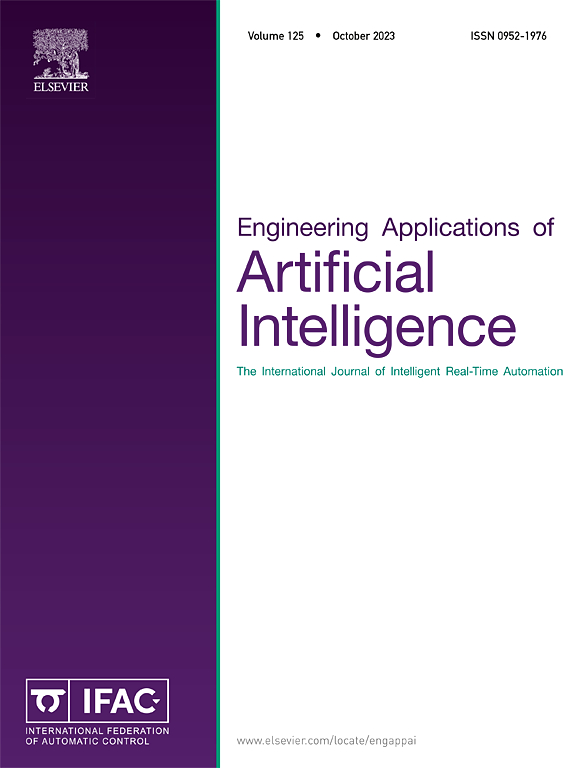Solving the imbalanced dataset problem in surveillance image blur classification
Abstract
Surveillance videos taken in unconstrained environments can be tampered with due to different environmental factors and malicious human activities. They often blur the video content and introduce difficulty in identifying the events in the scene. The problem is particularly acute for smart surveillance systems that need to make real-time decisions based on the video. Automatic detection and classification of the blur anomalies in the video are crucial to these systems. Traditional learning-based classification methods often face imbalance problems in the sample numbers and distributions among the data classes in the dataset that severely affect their training and hence the classification performance. In this paper, a new learning-based approach for surveillance image blur classification is proposed. The imbalanced dataset problem is tackled both at the data and algorithm levels. At the data level, two synthesizers are developed to generate the required negative surveillance images to balance the sample numbers for all classes. At the algorithm level, an attention-based structure making use of the special feature of the minority class is proposed to improve the classification accuracy. Our experiment results show that the proposed approach significantly outperforms state-of-the-art methods for blur classification while keeping the model size small for edge applications.

| 公司名称 | 产品信息 | 采购帮参考价格 |
|---|
 求助内容:
求助内容: 应助结果提醒方式:
应助结果提醒方式:


